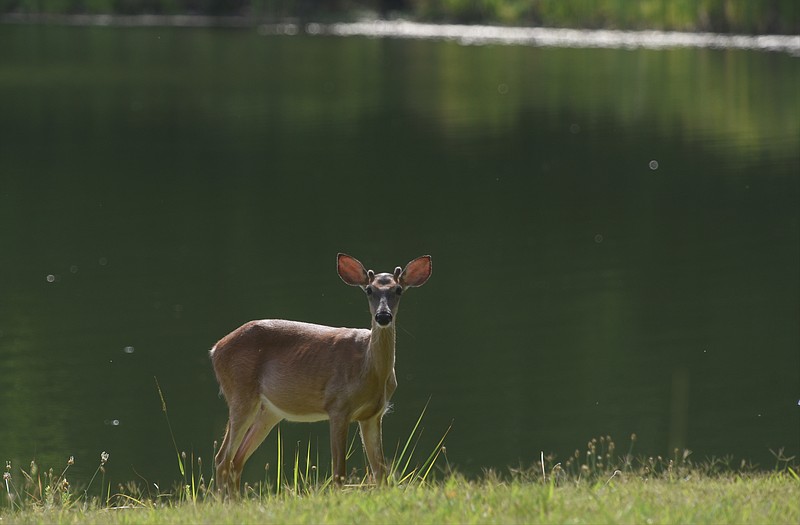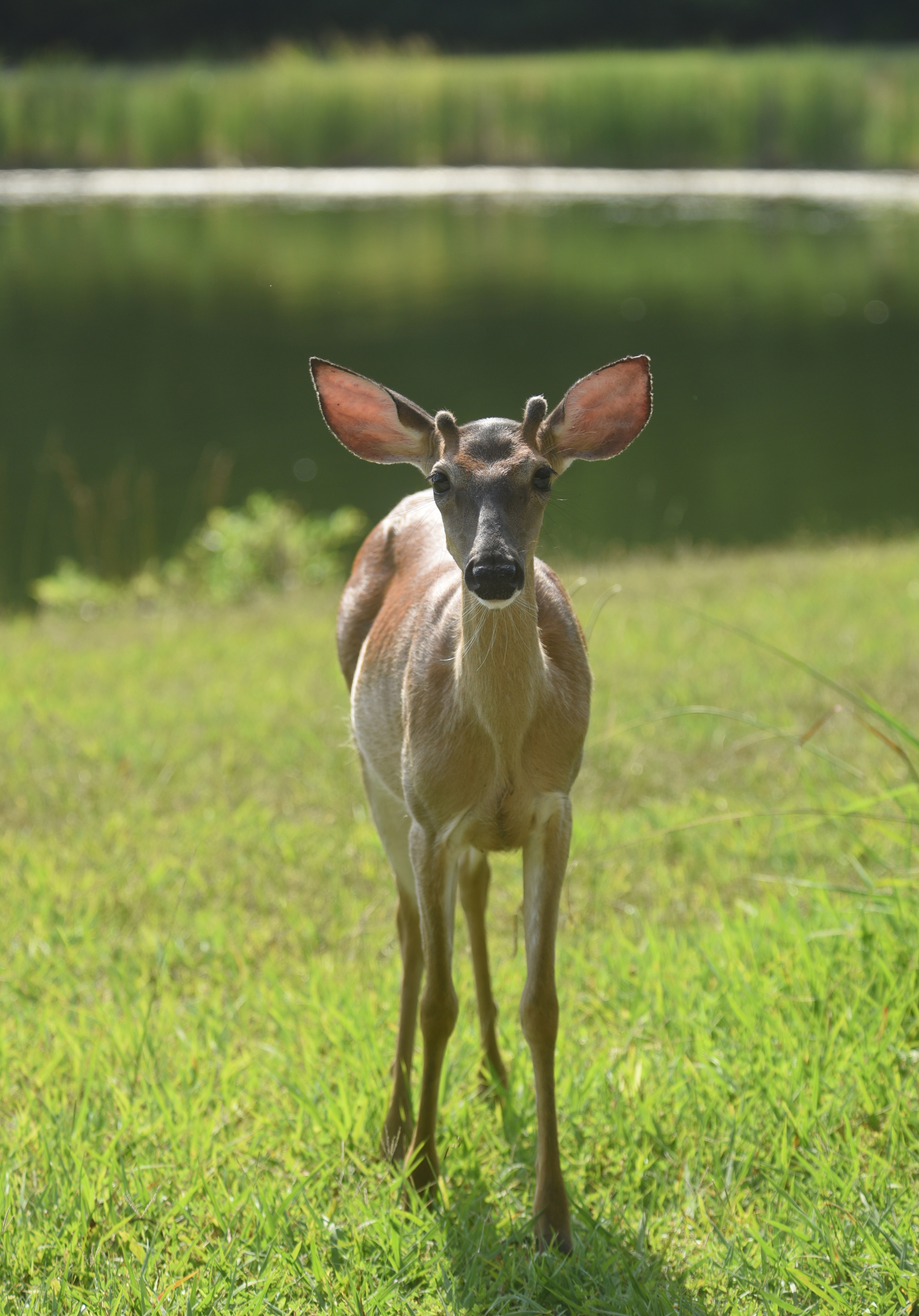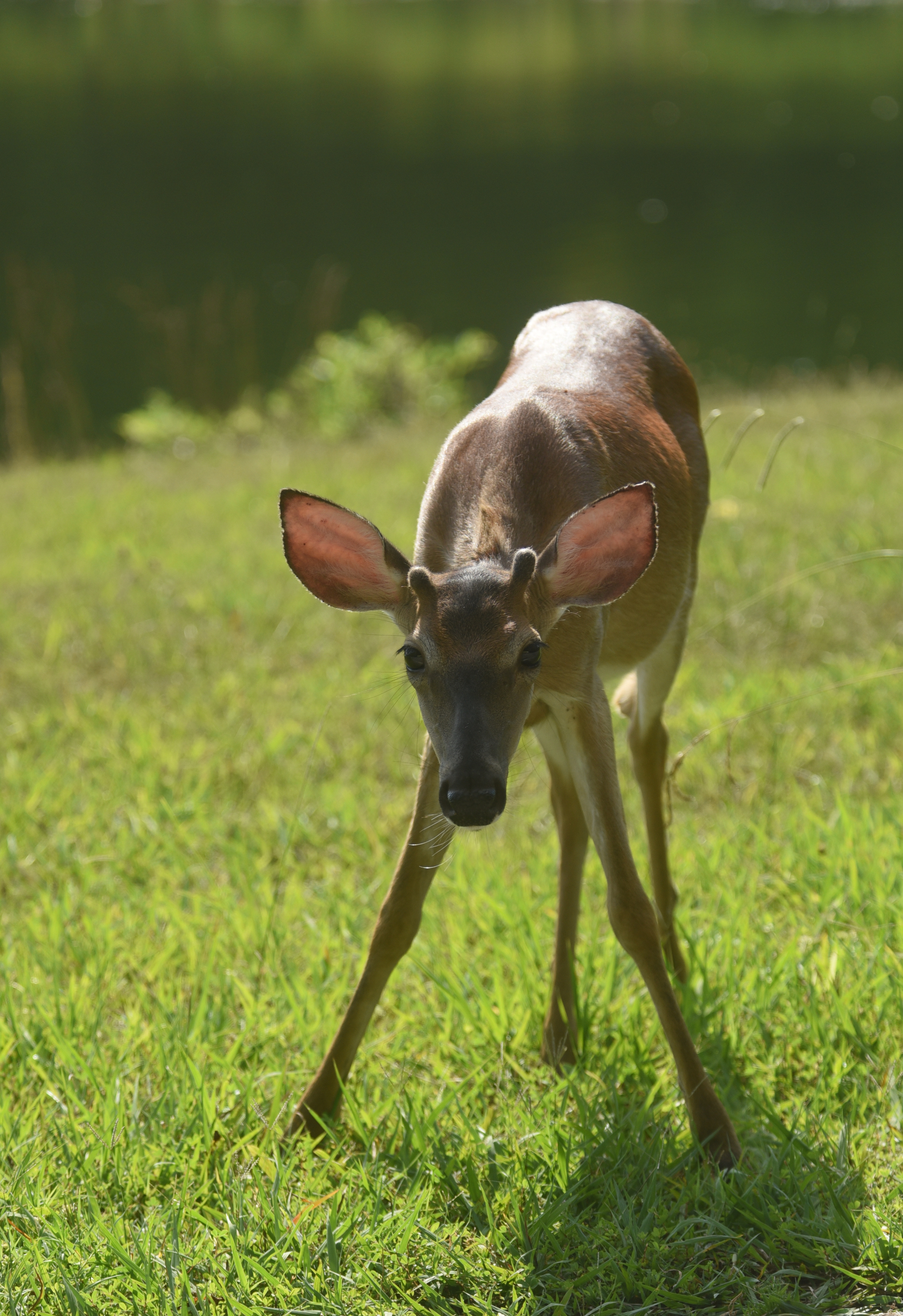Biologists at Sewanee: The University of the South have known for years through anecdotes that the Cumberland Plateau's deer population is increasing and that it may be affecting the surrounding ecosystem.
Now they have data documenting the trend and how it is altering the unique physical features of the plateau.
Researchers from the university compared sapling density in 2012 and 2015, finding that deer are reducing the number of young trees in the area and pinpointing where the impact is greatest.
Their findings were published recently in the academic journal Forests.
"We're not the first to show that deer are affecting forests," Sewanee biology professor and study lead author Jon Evans said. "But I think the reason the paper was published is that, No. 1, we're the first to show that deer are clearly affecting the forest dynamics in the Cumberland Plateau. And also, this effect is complicated by various kinds of factors in the landscape.
"Not every place is receiving the same amount of impact."
The researchers used long-term deer exclosures to aid in the study, which took place on more than 3,000 acres of plateau-top forest.
They found topography - the lay of the land - was the most important factor in determining where deer browse and their impacts on the plant landscape.
"These particular implications of browse are important for managers as they are making decisions about how to best protect the resources that they are stewards of when it comes to maintaining forest diversity, tree composition and these types of things," Evans said. "These are things deer can have a great impact on over time."
Tennessee Division of Forestry spokesman Tim Phelps said the regeneration of oak and hickory forests in the state is at risk as the number of deer rises.
Phelps added that without hunters to help regulate the deer population, foresters would be even more concerned about the issue.
He also said research such as the Sewanee report is used to help foresters make management decisions.
"A study of this kind, we see it anecdotally and we know there's a problem out there," he said. "But to have some quantifiable data out there backing up these observations, it's helpful in making management decisions."
Contact staff writer David Cobb at dcobb@timesfreepress.com or 423-757-6249.


